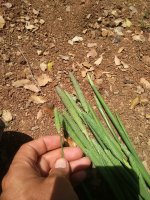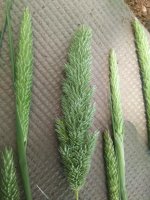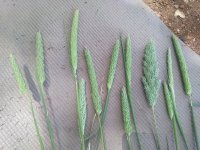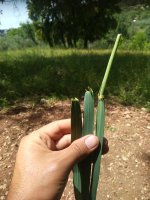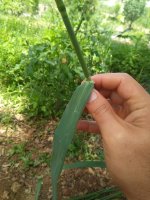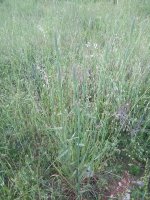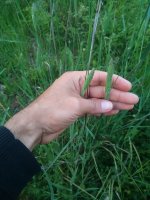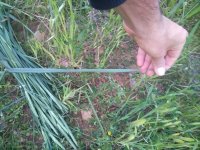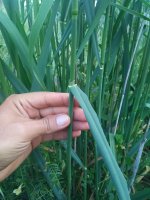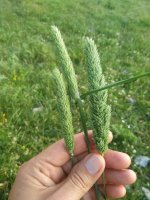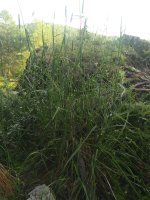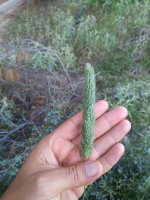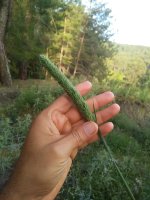There are generally 3 alkaloid phenotypes for Phalaris, the Tryptamine, MeO, and Gramine(T,MeO,G) groups.
Hordenine is usually higher in Arundinacea & Aquatica if it occurs in the grass at all.
Have you confirmed the grass is “Truncata”?
It may just be Aquatica with a long inflorescence.
It definitely does seem unique nonetheless.
Try growing the grass from seed side by side with the known Aquatica seed.
That will help you recognize their differences better.
Would take 1-2 months to be certain if one grass is Truncata and the other is Aquatica or if they’re both Aquatica.
For the Hordenine and Gramine occurrences I’m sure someone with a chemistry major could break down the hows and whys of it being in a plant better than I could.
The tyramine and tryptophan derived alkaloids in Phalaris grass can share biosynthetic pathways.
Hordenine is N,N-dimethyltyramine
Gramine is 3-dimethylaminomethylindole
Gramine | C11H14N2 | CID 6890 - structure, chemical names, physical and chemical properties, classification, patents, literature, biological activities, safety/hazards/toxicity information, supplier lists, and more.

pubchem.ncbi.nlm.nih.gov
According to the wormatlas, tyrosine is converted to tyramine via a decarboxylation reaction by the enzyme tyrosine decarboxylase.
Tyrosine is the precursor to catecholamines and tyramine is a breakdown product of tyrosine. In the gut and during fermentation, tyrosine is decarboxylated to tyramine. During normal metabolism in humans and mammals tyramine is deaminated in the liver to an inactive metabolite.
However, when the hepatic monoamine oxidase is inhibited, the clearance of tyramine is blocked and circulating tyramine levels can increase. Elevated levels of tyramine can compete with tyrosine for transport across the blood–brain barrier where it can then enter adrenergic nerve terminals.
Amino acid analysis of Tyramine can be performed either with pre-column or post-column modification or labeling.

www.biosyn.com
Gramine biosynthesis:
Here are some articles on Phalaris Arundinacea alkaloids and the phenotypes they occur in as an example:
Ayahuasca: alkaloids, plants & analogs by Keeper of the Trout (full text) title page
erowid.org
Article on gramine production in Barley:
Approx.798 pages
books.google.com
Synthesis of Tryptophan from Gramine:
Note Lupanin was found to occur in Phalaris Arundinacea populations used as pasture grass a year ago maybe sooner than that, so always be aware that we don’t yet know each and every trace chemical occurring in these plants...
Gramine In Lupin:

 www.publish.csiro.au
www.publish.csiro.au










